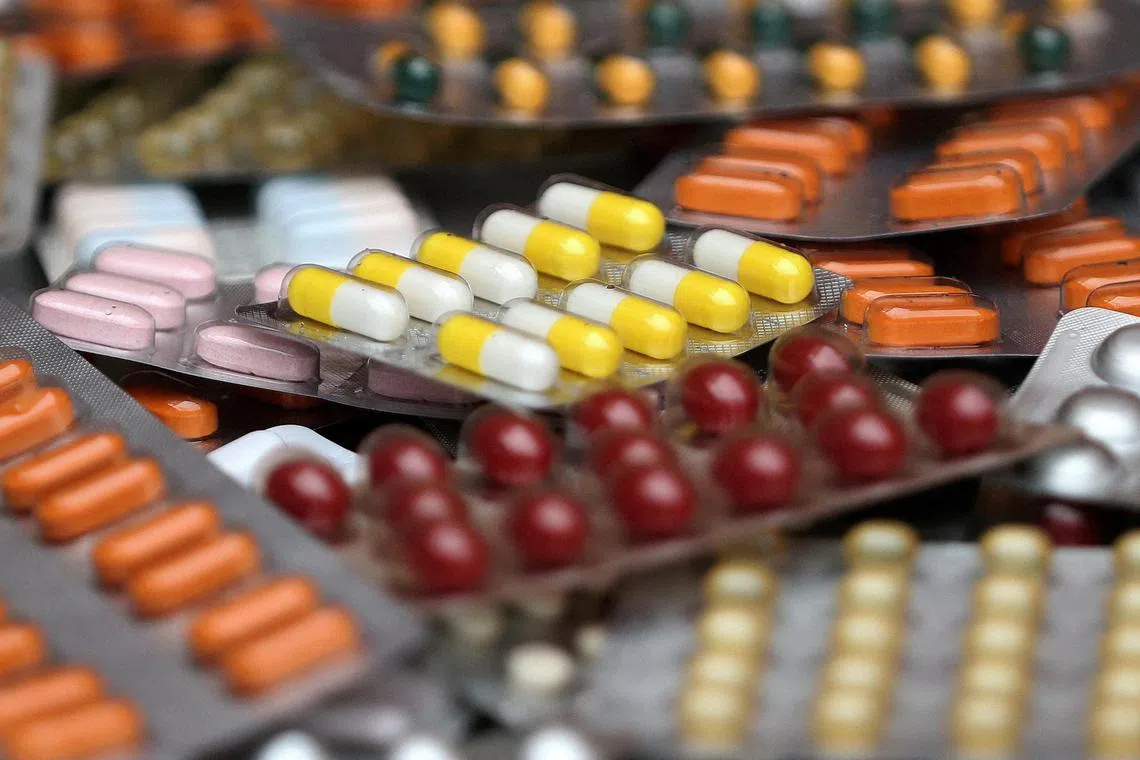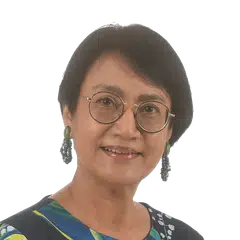MOH lays out options for patients whose cancer treatments are not covered by IPs after September
Sign up now: Get ST's newsletters delivered to your inbox

MOH has said that patients who have started on a non-CDL treatment may continue to be covered for another six months to September.
PHOTO: REUTERS
Follow topic:
SINGAPORE - Changes to cancer coverage will be extended to the private sector from April 1, when only treatments on the cancer drug list (CDL)
Workers’ Party MP Louis Chua (Sengkang GRC) asked what measures will be put in place for such patients whose IP coverage will cease from Sept 30, 2023.
In a written reply on Thursday, Health Minister Ong Ye Kung said that based on the typical duration of cancer treatments, most patients started on non-CDL drugs would have completed their treatment by the end of September. Currently, about one in 10 private cancer patients is treated on non-CDL drugs.
There are several possibilities for those on such drugs who have not completed their treatment by the cut-off date, he said.
The first is that the treatments on the list might have been extended to include the drugs they need, in which case insurance will continue to cover their care. Since the list was published in August 2021 with 270 treatments, more have been added. It now stands at 340.
The CDL lists treatments, not just drugs, as a drug might be approved for use for one type of cancer but not another. So a particular cancer drug may be covered by insurance for patients with one type of cancer, but not to treat another type of cancer.
Mr Ong said: “It is possible that as the CDL continues to expand, it may include their treatment by then.”
Other options are to switch to a treatment on the list; get coverage for the treatment through riders or critical illness plans; or if they need the non-CDL treatment but have problems paying for it, they may opt for subsidised care and apply for support from MediFund.
He reiterated that the CDL was introduced to provide the ministry with “the leverage to negotiate for lower drug prices, thus enhancing the cost-effectiveness of cancer treatments in Singapore, and lowering financial burden on patients and families”.
Treatments are included in the CDL only if the effectiveness of the drugs justifies the price.
Mr Ong said that about 90 per cent of drugs approved by the Health Sciences Authority, which regulates the use of medication here, are on the list.
He added that the rest of the treatments are not in the CDL because the prices are too high for the level of effectiveness provided by the drugs, “and suppliers are not willing to moderate their prices. But we will continue to work with them in good faith and try to expand the list”.


